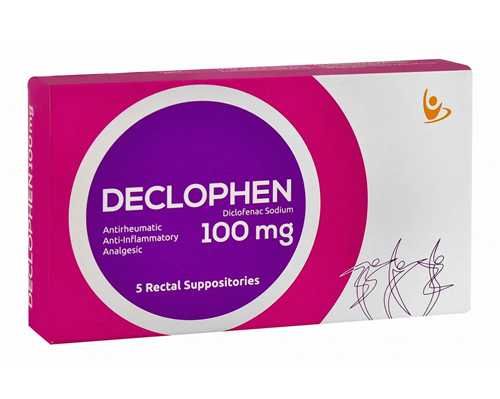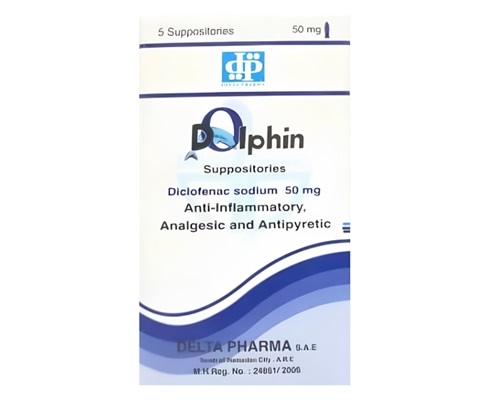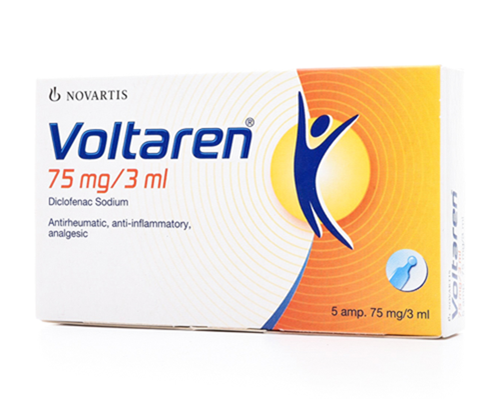Description
Trade name:
Declophen 100 mg
Compound:
Each candle contains:
Sodium diclofenac 100 mg
Auxiliary components:
Solid fats.
Properties:
NSAID, a derivative of phenylacetic acid. It has a pronounced anti-inflammatory, analgesic and moderate antipyretic effect.
In rheumatic diseases, it reduces joint pain at rest and during movement, as well as morning stiffness and swelling of the joints, and helps increase the range of motion. It reduces post-traumatic and post-operative pain, as well as inflammatory edema.
In case of post-traumatic and post-operative inflammatory phenomena, it quickly relieves pain (occurring both at rest and during movement), reduces inflammatory edema and swelling of the post-operative wound.
Indications:
The drug is intended for symptomatic therapy, reduction of pain and inflammation at the time of use, and does not affect the progression of the disease.
Inflammatory and degenerative diseases of the musculoskeletal system, including rheumatoid, juvenile, chronic arthritis; ankylosing spondylitis and other spondyloarthropathies; osteoarthrosis; gouty arthritis; bursitis, tendovaginitis; pain syndrome from the spine (lumbago, sciatica, ossalgia, neuralgia, myalgia, arthralgia, radiculitis); post-traumatic postoperative pain syndrome accompanied by inflammation (for example, in dentistry and orthopedics); algomenorrhea; inflammatory processes in the pelvis (including adnexitis); infectious and inflammatory diseases of the ENT organs with severe pain syndrome (as part of complex therapy): pharyngitis, tonsillitis, otitis.
Method of administration and dosage:
For adults, the recommended initial dose is 100-150 mg/day. In relatively mild cases of the disease, as well as for long-term therapy, 75-100 mg/day is sufficient.
When taken orally in the form of suppositories, the daily dose should not exceed 150 mg.
Contraindications:
Hypersensitivity to diclofenac and excipients of the drug used; “aspirin triad” (attacks of bronchial asthma, urticaria and acute rhinitis when taking acetylsalicylic acid or other NSAIDs); erosive and ulcerative lesions of the gastrointestinal tract in the acute phase; proctitis; third trimester of pregnancy, lactation.
Precautions:
Use with special caution in cases of liver, kidney, gastrointestinal diseases in the anamnesis, dyspeptic phenomena, bronchial asthma, arterial hypertension, heart failure, immediately after serious surgical interventions, as well as in elderly patients.
Prescription in the first and second trimesters of pregnancy is possible only in cases where the expected benefit to the mother outweighs the potential risk to the fetus.
Rectal use is not recommended in patients with anorectal disease or a history of anorectal bleeding.
Side effects:
Abdominal pain, nausea, vomiting, diarrhea, dyspepsia, flatulence, decreased appetite, anorexia, increased serum aminotransferase activity; headache, vertigo, skin rash, dizziness.
Storage method:
Store at temperatures between 2 and 8 degrees.









